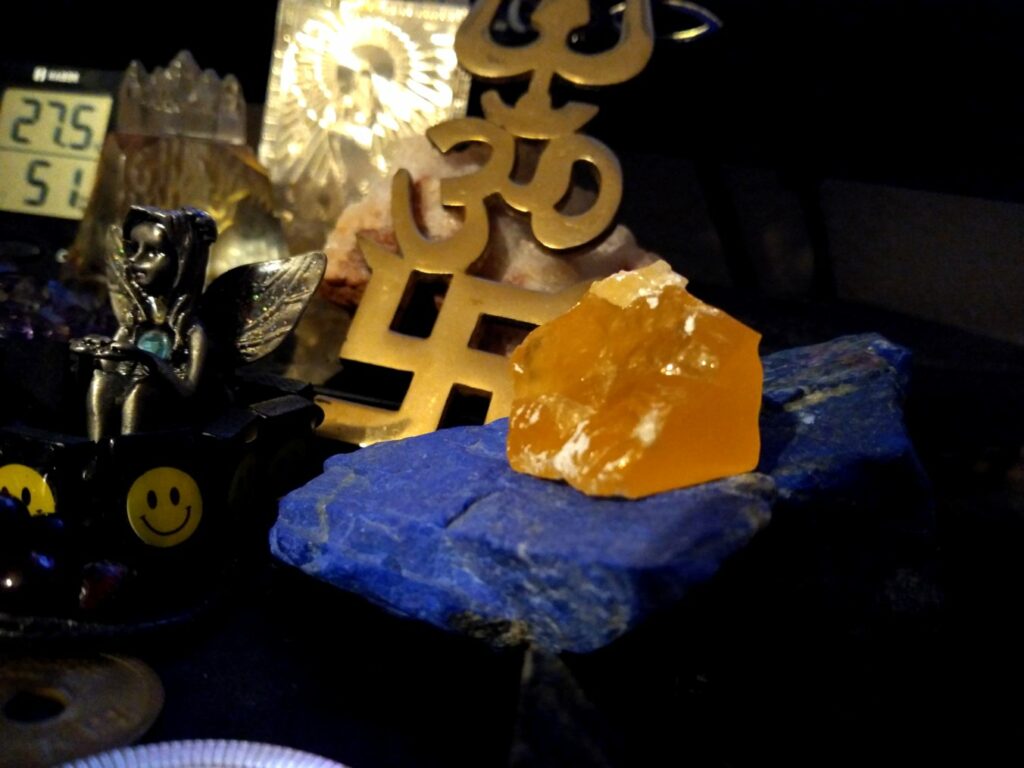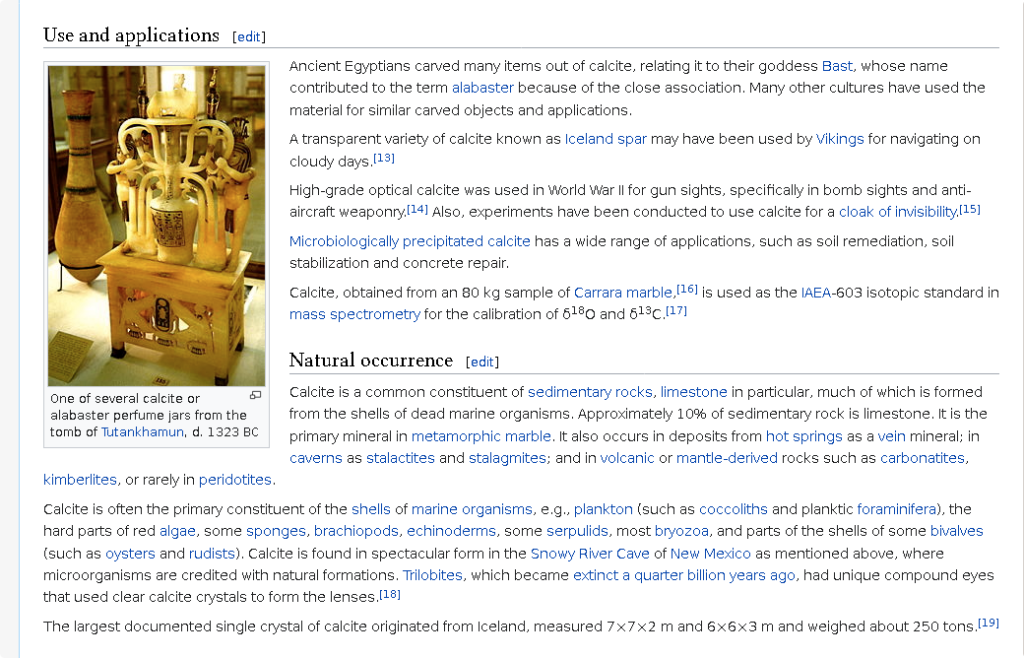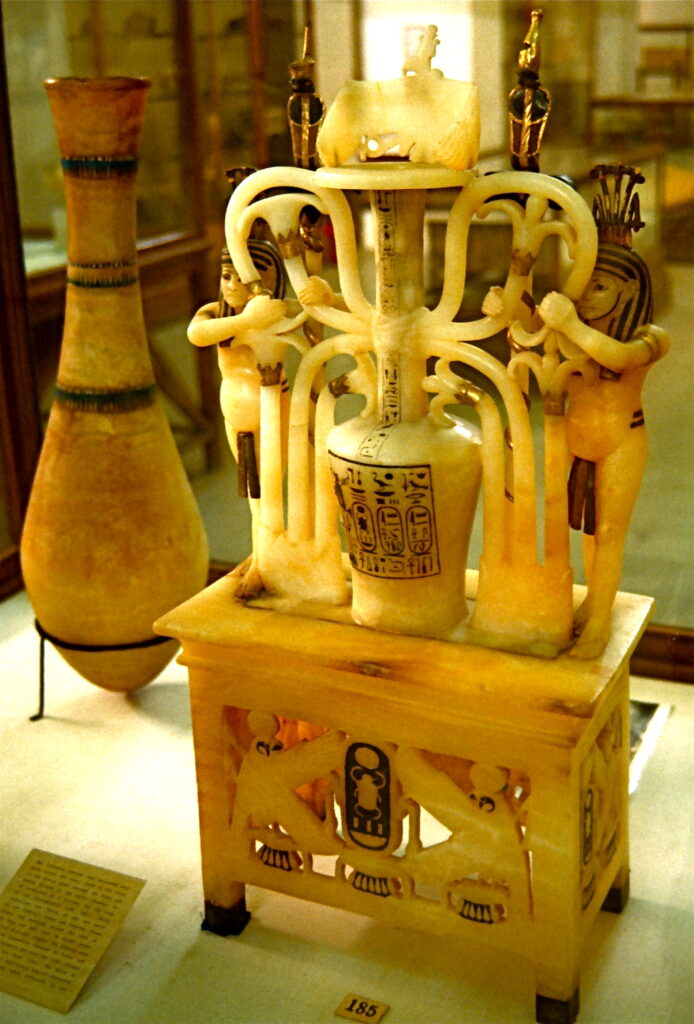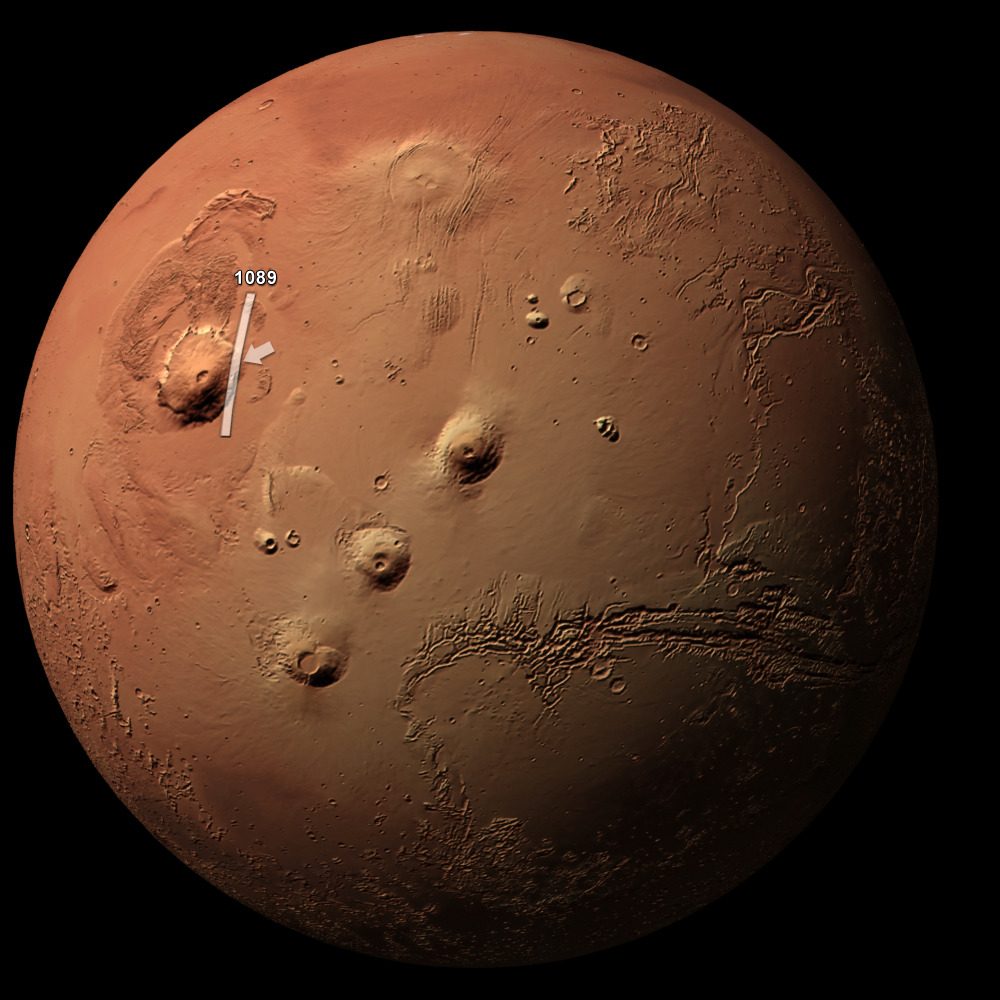i had an urge to eat some of this calcite crystal, so i did
it tastes like glass … i don’t know what the effect will be, maybe it’s beneficial, who knows … lol
i’ve ate mono-atomic Gold before, so hey why not try some crystals to eat?
‘experiments have been conducted to use calcite for a cloak of invisibility’ 𓂀
‘ Trilobites, which became extinct a quarter billion years ago, had unique compound eyes that used clear calcite crystals to form the lenses’ 𓂀
‘Calcite is one of the minerals that has been shown to catalyze an important biological reaction, the formose reaction, and may have had a role in the origin of life’ 𓂀
… yeah well i just ate some calcite crystal xD
here is the crystal on one of my Altars atop some Lapis Lazuli from badokshan mines, Mesopotamia:

https://en.wikipedia.org/wiki/Calcite

Calcite is one of the minerals that has been shown to catalyze an important biological reaction, the formose reaction, and may have had a role in the origin of life.[9] Interaction of its chiral surfaces (see Form) with aspartic acid molecules results in a slight bias in chirality; this is one possible mechanism for the origin of homochirality in living cells.[29]

A transparent variety of calcite known as Iceland spar may have been used by Vikings for navigating on cloudy days.[13]
High-grade optical calcite was used in World War II for gun sights, specifically in bomb sights and anti-aircraft weaponry.[14] Also, experiments have been conducted to use calcite for a cloak of invisibility.[15]
Microbiologically precipitated calcite has a wide range of applications, such as soil remediation, soil stabilization and concrete repair.
Calcite, obtained from an 80 kg sample of Carrara marble,[16] is used as the IAEA-603 isotopic standard in mass spectrometry for the calibration of δ18O and δ13C.[17]
Calcite is a common constituent of sedimentary rocks, limestone in particular, much of which is formed from the shells of dead marine organisms. Approximately 10% of sedimentary rock is limestone. It is the primary mineral in metamorphic marble. It also occurs in deposits from hot springs as a vein mineral; in caverns as stalactites and stalagmites; and in volcanic or mantle-derived rocks such as carbonatites, kimberlites, or rarely in peridotites.
Calcite is often the primary constituent of the shells of marine organisms, e.g., plankton (such as coccoliths and planktic foraminifera), the hard parts of red algae, some sponges, brachiopods, echinoderms, some serpulids, most bryozoa, and parts of the shells of some bivalves (such as oysters and rudists). Calcite is found in spectacular form in the Snowy River Cave of New Mexico as mentioned above, where microorganisms are credited with natural formations. Trilobites, which became extinct a quarter billion years ago, had unique compound eyes that used clear calcite crystals to form the lenses.[18]
The largest documented single crystal of calcite originated from Iceland, measured 7×7×2 m and 6×6×3 m and weighed about 250 tons.

more information from wikipedia:

This actually answered my problem, thanks!